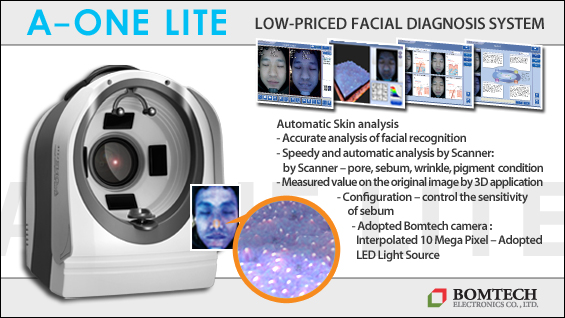Purpose of using compression therapy after sclerotherapy
The reason for applying compression after sclerotherapy is to minimize thrombus formation. Minimizing thrombus induces permanent fibrosis of blood vessels and reduces the possibility of ingrowth of endothelial cells, thereby preventing subsequent reperfusion. Compression therapy can also prevent post-sclerotherapy pigment deposition or thrombophlebitis. Moreover, compression helps blood circulation in the deep venous system.
Table 1. Benefits of Postsclerotherapy Compression.
Direct contact of sclerosant with inner walls of the veins ->more effective fibrosis
Reduce extent of thrombosis formation -> decrease the risk of recanalization
Decrease vascular mass -> diminished inflammation
Diminish retrograde flow of blood
Diminish the incidence of postsclerotherapy pigmentation
Lowered risk of telangiectatic matting
Improved efficiency of the calf-muscle pump
Reduced risk of deep venous thrombosis
More likely is a small sclero-thrombus that blocks the vein and is then reorganised.
Compression will keep the thrombus to a minimum.
Physiological effects of compression therapy
Compression therapy prevents and treats blood stasis in the venous and lymphatic system. External compression increases the pressure of intercellular substance to promote reabsorption of edema fluid and protein components. By doing so, it reduces skin edema and promotes circulation of the lymphatic system. Mechanical application of external compression can improve the function of calf muscle pumps. The blood flow of the area with valvular insufficiency is diverted to veins with normal valve function. The lumen of veins with valvular insufficiency is narrowed to shorten the distance between valves, thereby reducing regurgitation.
- Mechanically, externally enhances the calf muscle pump.
- Diverts flow into competent veins by closing incompetent superficial veins.
- Makes incompetent valves work by decreasing diameter between leaflets of valves in varicose vein.
- Reduce the edema that separates skin from capillaries.
- Augment lymphatic flow.
[Advertisement] A-One LITE(Facial Diagnosys System) – Manufacturer: BOMTECH(www.bomtech.net)
Compression bandage
Compression bandages is the oldest type of compression therapy with over 4 thousand years of history. Thanks to the development of elastic fibers, various types of elastic bandages are being used in clinical practice as following;
1. Proper choice of bandage made of appropriate textile material.
2. Proper choice of appropriate bandaging technique.
3. Proper consideration of clinical (e.g. cardiovascular) status of individual patient.
-To be continued-





















